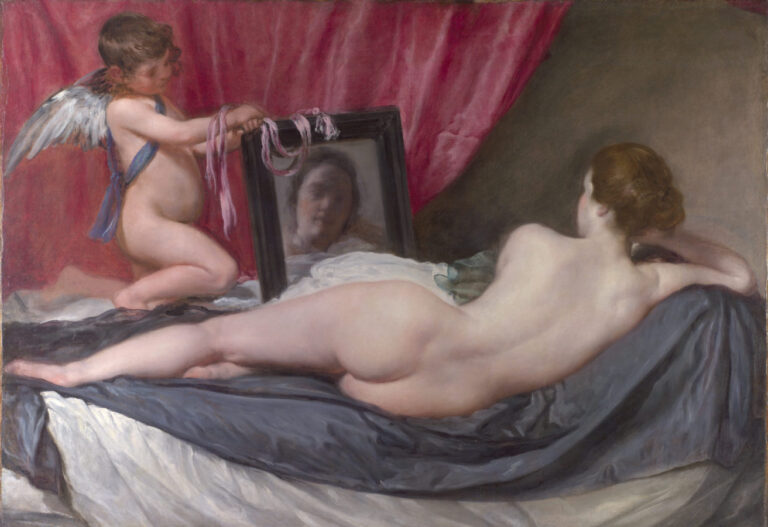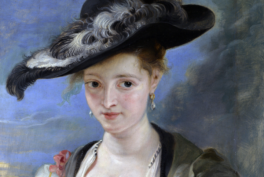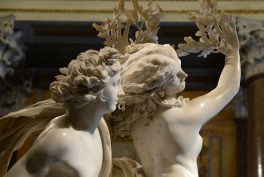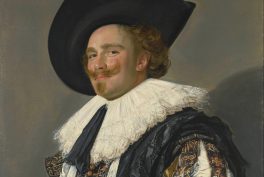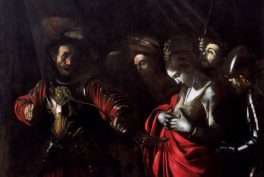People have always been fascinated with their reflections. In the visual art the mirror has been interpreted as an instrument to show admiration or self-admiration, to show hidden objects or people, demonstrated from a different perspective, but also it has been used as a pictorial instrument for demonstrating the artist’s skills at painting distorted objects or reflections of people, unseen in the foreground. In fact, the mirror is a crucial element in the art of painting, because many famous self-portraits would not have existed, if there were no mirrors.
The Arnolfini Portrait
Jan Van Eyck painted his famous example of the Arnolfini portrait in 1434. The portrait depicts a painted couple as they exchange vows. The mirror in the background is decorated with ten images of Christ’s life. In the reflection we see a beautifully painted room with the couple, all the objects, but also with two more people that can be interpreted as accidental witnesses of the wedding ceremony. If we assume their position as witnesses looking at the couple, and also the artist’s signature below, saying that “Jan Van Eyck was here”, we may conclude that by including these two people in the reflection, the artist allegedly wanted us, the viewers, to feel like himself and another witness, looking at the couple and being reflected in the mirror.

Las Meninas
A similar situation occurs in another famous picture, painted by Diego Velazquez in 1656. “Las Meninas” (“The Maids of Honour”) is a group portrait of members of the Royal House of Habsburg, surrounding Infanta Margherita and offering her a flagrant of water. In the mirror, which hangs among different pictures on the wall, we see an image of the king and the queen, while on the left of the painting the artist painted himself holding a brush and a palette in front of a large canvas and looking at the viewer. If we as the viewers stand in front of the painting, we will look at the painted mirror and see the king and the queen. Moreover, we may assume that through the mirror the artist wanted us to feel like them and he is painting our portrait while looking at us.

Bar at the Folies-Bergere
Edouard Manet’s “Bar at the Folies-Bergere” is a famous image of an entertainment bar in Paris, with a barmaid standing in front of the counter to offer drinks and refreshments to prospective clients.
In this picture, the mirror shows us the back side of the establishment with all the people and the trapeze artist’s legs in the left-hand corner. Apart from that, the mirror also demonstrates the barmaid’s back from a different point of view. She is turned towards the client, whose silhouette is just visible in the right-hand corner of the reflection to the right of the painting. Thus, in this painting, the mirror is used to show the inner side of the Bar at the Folies-Bergere with all its hustle and bustle, but also with the barmaid as a commodity, selling herself to her prospective client while standing at the counter.
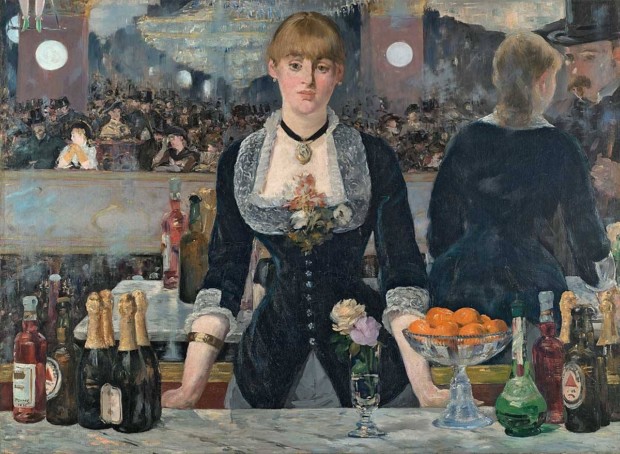
Toilet of Venus
As I have already discussed the images of mirrors that show something that wouldn’t be visible to the viewers if the mirrors did not exist, I am going to introduce the pictures with mirrors that demonstrate the existed people from an unusual perspective. One of the most famous pictures of naked women is Velazquez’s Toilet of Venus, which is also called The Rockeby Venus or Venus and Cupid.
The Venus is enjoying her reflection in the mirror, while her son Cupid is holding the mirror for her. This image reminds us of the nature of Venus as a goddess of love. The image in the mirror is rather blurred, making it impossible for us to recognise the model. The artist probably wanted the identity of the model to remain disguised. Although the mirror reflects the face that is not shown to us otherwise, and the perspective is a bit distorted, unlike in the previous pictures, the mirror is not used to show us the people that are hidden from the model. Instead, it is used as an instrument for the model’s admiration and self-adoration.

Self Portrait in a Convex Mirror
Parmigianino’s “Self Portrait in a Convex Mirror” is different from his other images. Not only does it show distorted perspective, but it is also painted on a convex wooden panel in order to demonstrate the artist’s superb skills at craftsmanship and perspective to his prospective employer Pope Clement VII. It is interesting that this portrait may be considered as the starting point of Mannerism in art.
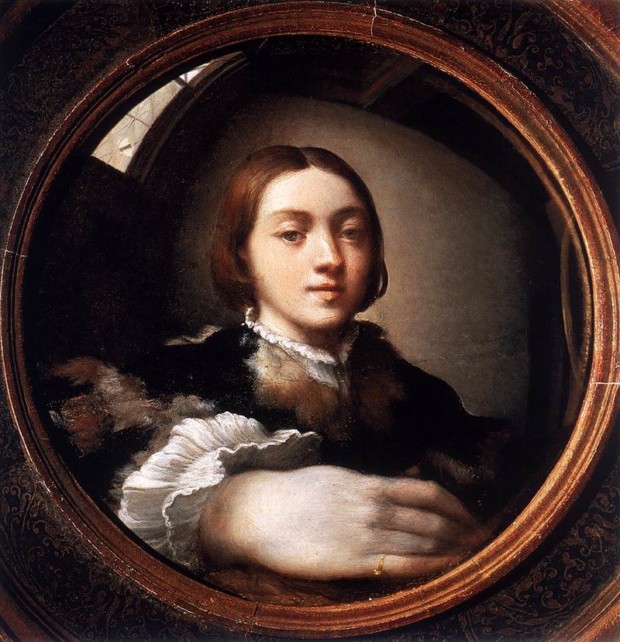
Music Lesson
Johannes Vermeer’s Music Lesson is a typical 17th century Dutch interior scene, but also, probably a courtship scene, since it has been suggested that the characters in the painting have an affection to each other.

While the woman is playing a virginal, the man is apparently engaged in singing, as it is shown to us though his partially opened lips. The mirror on the wall is slightly tilted. It reflects the woman’s head and the glimpses of the artist’s easel. It may be suggested that the mirror is used here to remind the viewers of the vanity of earthly pleasures, such as entertainment, wine and women, as in other Vermeer’s paintings. But it is also an object, used to demonstrate the same sort of expertise as in Parmigianino’s painting, namely the art of painted distortion, but in a slightly different manner.
In conclusion, mirrors have always been used by artists to paint self-portraits or to showcase their virtuoso skills of painting perspective. While Van Eyck, Velazquez and Manet utilised mirrors to show hidden people in the painted space, Parmigianino and, in a different manner, Vermeer used it as an instrument to demonstrate the art of distortion and the expertise of the artist.
